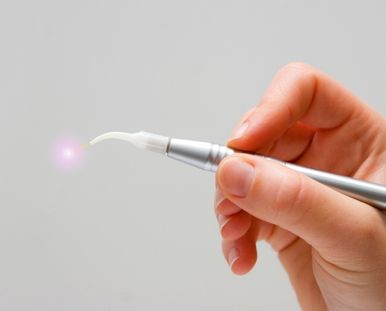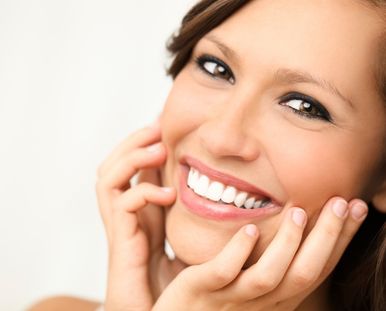Laser Curettage and Gingivoplasty in Brampton

Laser Curettage
Laser curettage is a procedure considered primarily for the treatment of periodontal diseases. It is an effective way to remove bacteria in periodontal pockets.
Laser curettage is performed by applying the tip of a laser device to the gums or soft tissue inside the tooth. As the tip moves within the periodontal pocket, it undergoes a reciprocating motion and moves away from the tooth. This laser device removes bacteria from the pocket and areas of diseased tissue.
Laser curettage is recommended for patients who suffer from:
- periodontal disease
- juvenile periodontitis
- chronic gingivitis
- gum swelling (trench mouth)
- bleeding gums
- gum pain and bleeding due to inflamed tissues
- decay of soft tissue
- persistent bad breath
Benefits of Laser curettage as compared to non-laser treatments:
- Faster healing period with the less associated adverse outcome
- improved tissue formation
- helps to prevent issue recurrence
- less pain and bleeding
- reduction of periodontal pockets
- less discomfort to floss and brush the area
- potential to reduce gingivitis

Gingivoplasty
Gingivoplasty is a procedure that changes the appearance of the gums for cosmetic reasons. It is a surgical remodeling of the gum tissues around the teeth, also called "gum recontouring" or "gum contouring". Gingivoplasty helps increase the appearance of front teeth length to enhance the overall appearance of your teeth and smile. Too much gum tissue showing above the top teeth can cause a "gummy smile" which can be treated/corrected by Gingivoplasty.
During a gingivoplasty session, a periodontist uses a tool to cut or reshape part of the gum. Most often, these include scalpels, lasers, or electrocautery tools. One advantage of using lasers for treatment over scalpels and other cutting tools is that lasers can kill bacteria in the teeth and mouth and allow for quicker healing times with less bleeding and discomfort.
A dentist may also recommend some dietary changes to reduce the risk of gum damage and pain post-surgery, during healing. This can include:
- eating soft foods such as bananas
- eating more bland foods to reduce the risk of nausea or skin irritation.
- avoiding chewy foods that can damage gums


